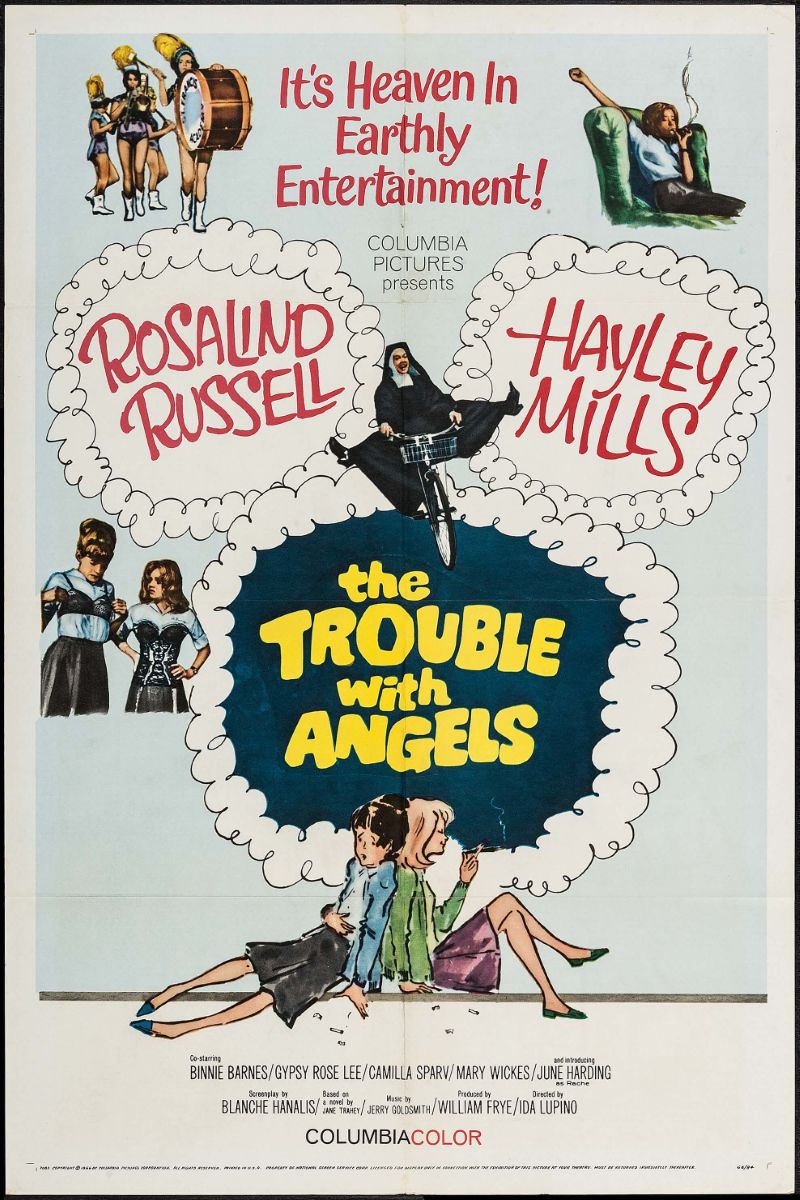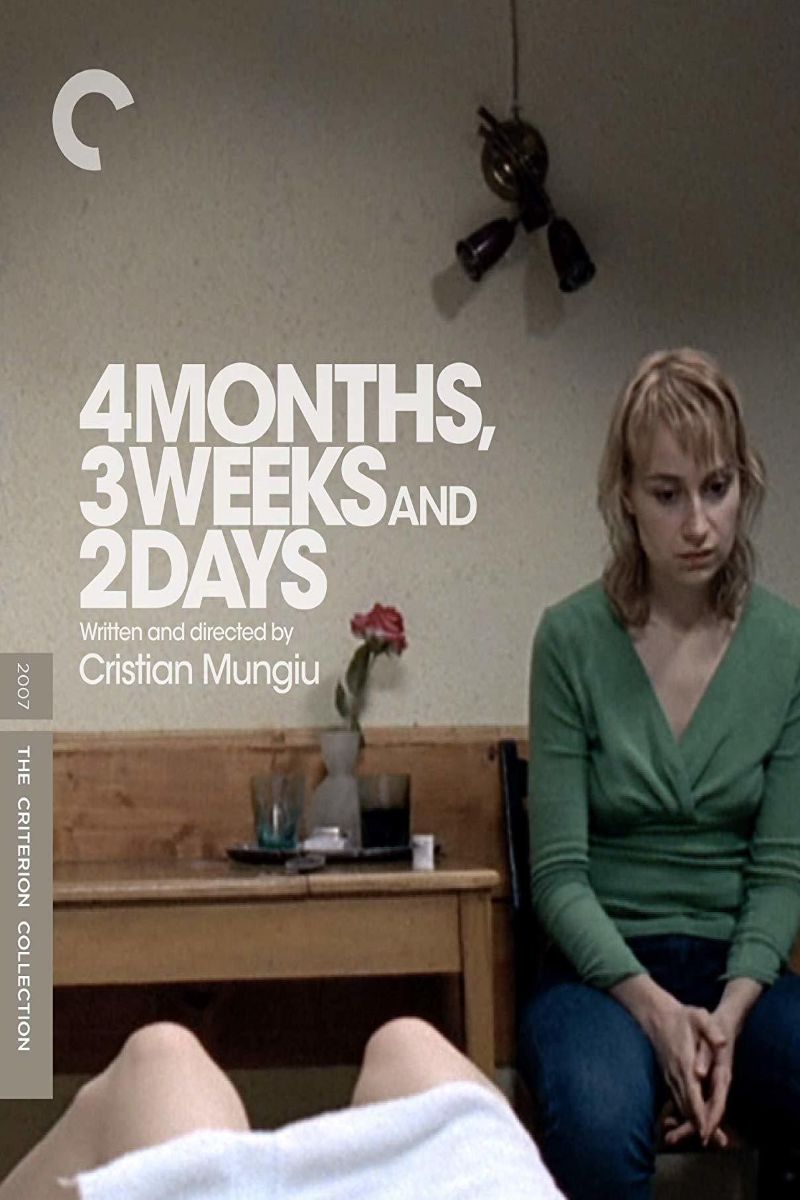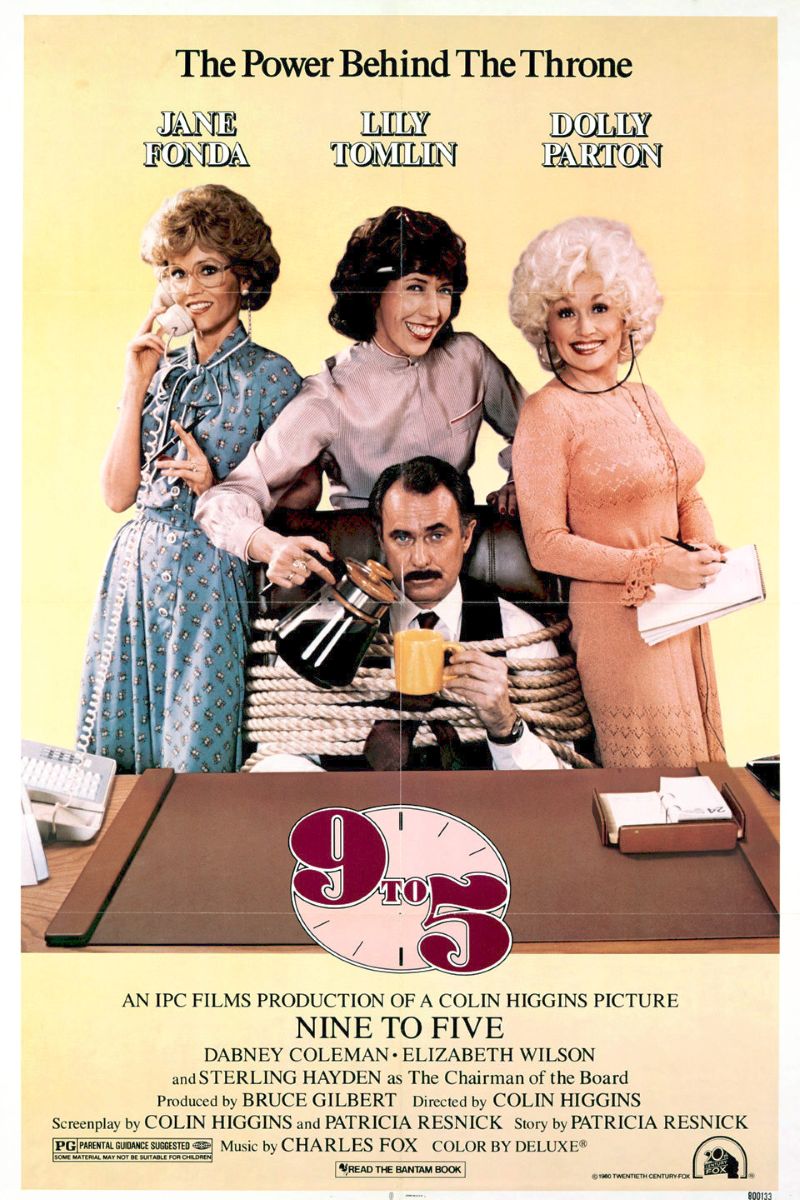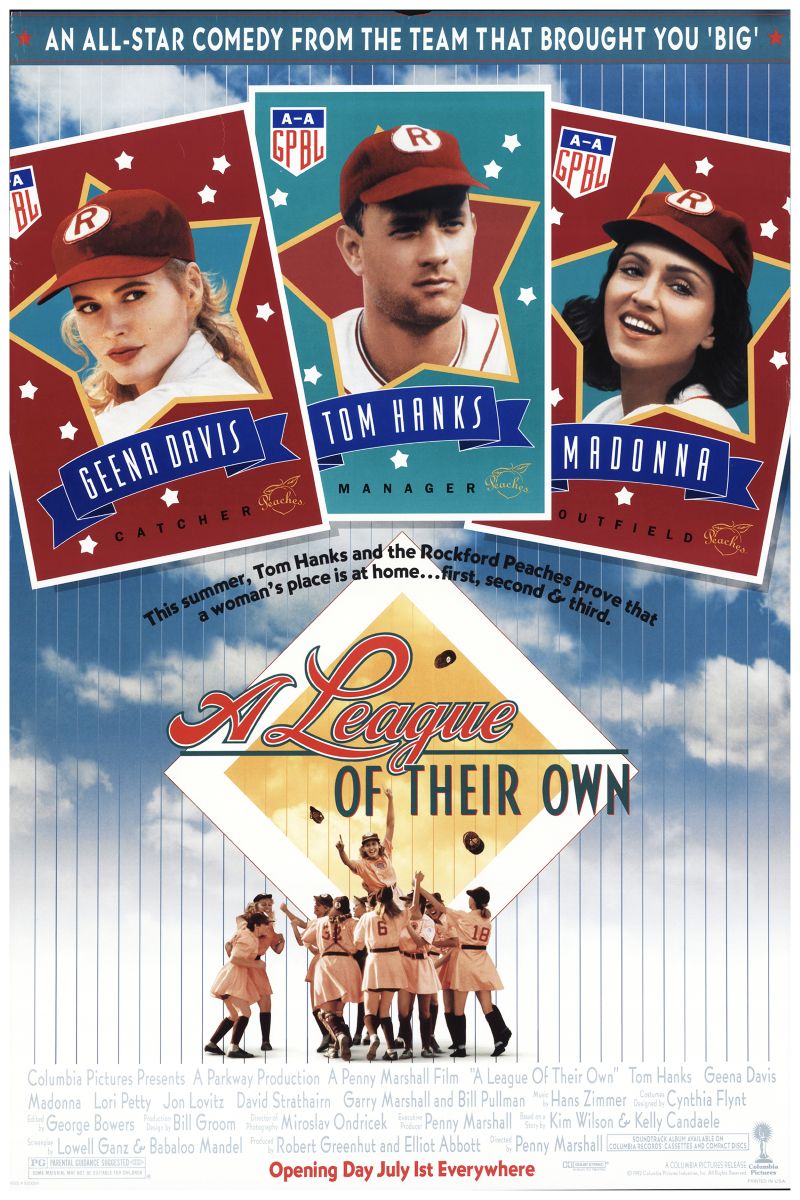
The Trouble with Angels
The Trouble with Angels
A romp through a Catholic girls' school courtesy of a pair of mischievous teens, this Hayley Mills classic is all about sisterhood. But the real feminism is happening behind the lens: Ida Lupino, the sole working female director of the '50s, was blazing a trail for the women who would follow.
主演
🎥 影评与解读
Ida Lupino’s “The Trouble with Angels” stands as a revolutionary achievement in 1960s Hollywood cinema, not merely for its charming portrayal of Catholic school mischief, but for its profound significance as a work of proto-feminist filmmaking created by one of the industry’s only female directors. This seemingly innocent family comedy subverts traditional gender narratives by creating a completely female-centered universe where sisterhood, mentorship, and personal growth occur entirely outside male influence or validation. Behind its playful surface lies a sophisticated exploration of female agency, intergenerational relationships, and the transformative power of women’s community.
Ida Lupino: Pioneer Behind the Camera
The film’s most radical aspect may be invisible to audiences: its creation by Ida Lupino, who stood virtually alone as Hollywood’s only working female director during the 1950s and early 1960s. Lupino’s career as a filmmaker developed from necessity rather than industry encouragement, beginning when she formed her own production company to create stories that major studios wouldn’t touch. Her directorial work consistently focused on women’s experiences and social issues, establishing her as a pioneer of what would later be recognized as feminist cinema.
“The Trouble with Angels” represented Lupino’s final theatrical film, marking the end of a groundbreaking directorial career that had challenged Hollywood’s masculine monopoly on filmmaking. Her approach to directing differed markedly from her male contemporaries, emphasizing collaborative relationships with actors and intimate character development over spectacle or authority-based leadership. This methodology created the nurturing creative environment necessary to capture the authentic female relationships that make the film remarkable.
Lupino’s background as an actress informed her directorial vision, allowing her to understand performance and character motivation from an insider’s perspective that few male directors could match. Her ability to elicit natural performances from young actresses like Hayley Mills and June Harding demonstrates the advantages of female leadership in projects centered on women’s experiences.
Female Community as Complete Universe
“The Trouble with Angels” creates something virtually unprecedented in Hollywood cinema: a narrative universe where women exist independently of male definition, validation, or romantic fulfillment. The film’s Catholic school setting eliminates romantic subplots and male authority figures, allowing female relationships to develop according to their own logic rather than serving masculine narrative purposes.
The relationship between Mary Clancy and Rachel Devery transcends typical Hollywood representations of female friendship by avoiding competition, jealousy, or romantic rivalry. Their partnership operates on principles of mutual loyalty, shared adventure, and complementary strengths that never require external validation. Their mischievous activities function as collaborative creative expression rather than attention-seeking behavior, suggesting possibilities for female friendship based on genuine connection rather than social positioning.
The film’s treatment of different generations of women—from the young students to the seasoned nuns—creates a complete ecosystem of female experience that spans age, temperament, and life choices. Each woman exists as a fully realized character with distinct motivations, histories, and relationships that don’t depend on male characters for narrative significance or emotional depth.
Intergenerational Female Mentorship
The central relationship between Mary Clancy and Mother Superior represents one of cinema’s most sophisticated portrayals of female mentorship, developing through conflict, understanding, and mutual respect rather than simple authority and submission. Mother Superior’s leadership style combines firm discipline with genuine care, demonstrating models of female authority that integrate strength with compassion.
The film reveals how effective female mentorship operates through patient observation, strategic intervention, and respect for individual growth rather than rigid control or standardized expectations. Mother Superior’s ability to see Mary’s potential beneath her rebellious exterior demonstrates the intuitive understanding that characterizes successful female leadership and guidance.
Through their evolving relationship, the film explores how young women develop independence and purpose through engagement with strong female role models rather than romantic relationships or male approval. Mary’s eventual decision to join the convent emerges from genuine calling rather than lack of alternatives, suggesting that women’s spiritual and professional choices can represent authentic self-determination rather than default options.
Subverting Traditional Coming-of-Age Narratives
Unlike conventional coming-of-age stories that focus on romantic awakening or separation from family, “The Trouble with Angels” presents female maturation as a process of deepening community connection and spiritual development. Mary’s transformation from mischievous troublemaker to serious young woman occurs through increased understanding of purpose and responsibility rather than romantic fulfillment or external achievement.
The film challenges assumptions about what constitutes meaningful growth for young women by presenting intellectual curiosity, spiritual development, and social responsibility as more significant markers of maturity than physical appearance or romantic success. Mary’s evolution demonstrates that female development can center on questions of calling, service, and authentic identity rather than merely preparation for marriage and motherhood.
The absence of romantic subplots allows the film to explore other dimensions of young women’s experience, including friendship, creativity, intellectual engagement, and moral development. This approach suggests that adolescent girls have rich inner lives and complex motivations that extend far beyond romantic interests or appearance-based concerns.
Religious Life as Female Empowerment
The film’s portrayal of convent life presents religious vocation as a form of female empowerment rather than escape from worldly disappointment. The nuns are depicted as educated, capable women who have chosen meaningful work and sisterly community over conventional domestic roles. Their dedication to education and service represents professional fulfillment and social contribution rather than resignation or sacrifice.
Mother Superior’s position as institutional leader demonstrates female authority operating effectively within traditional structures while maintaining feminine values of care, understanding, and collaborative decision-making. Her leadership style integrates strength with compassion, suggesting models for female power that don’t require adoption of masculine characteristics or abandonment of feminine virtues.
The film’s treatment of religious calling avoids both sentimentality and criticism, instead presenting spiritual vocation as one legitimate path among many for intelligent, capable women. This approach validates women’s choices about their own lives while acknowledging the complexity of decisions about career, family, and personal fulfillment.
Challenging Educational Authority
Through Mary and Rachel’s pranks and resistance to school authority, the film explores themes of institutional rebellion and creative expression that anticipate later feminist critiques of educational conformity. Their mischievous activities often expose the absurdities of rigid institutional rules while demonstrating creativity, leadership, and collaborative problem-solving skills.
The girls’ resistance to arbitrary authority suggests healthy skepticism about institutional power rather than simple troublemaking or attention-seeking. Their ability to organize elaborate pranks demonstrates planning abilities, creativity, and leadership skills that formal education often fails to recognize or channel constructively.
The film’s sympathetic portrayal of student resistance acknowledges that young women may have legitimate grievances against institutional authority while maintaining respect for educational goals and community values. This nuanced approach allows critique of rigid conformity without undermining the value of learning and personal development.
Visual Language and Female Perspective
Lupino’s directorial choices create a visual language that prioritizes intimacy, character development, and emotional authenticity over spectacle or technical display. Her use of close-ups and carefully composed group scenes emphasizes relationship dynamics and individual expression rather than external action or visual effects.
The film’s cinematography captures the genuine affection and camaraderie among the female characters through natural lighting, relaxed framing, and unhurried pacing that allows relationships to develop organically rather than being forced through plot contrivances. This approach demonstrates how female directorial vision can create different aesthetic priorities that serve character and theme more effectively than conventional Hollywood approaches.
Lupino’s background as an actress informs her understanding of how to film women authentically, avoiding the objectifying gaze that characterizes much male-directed cinema while maintaining visual interest and narrative momentum. Her direction creates space for genuine female expression and interaction that feels natural rather than performed.
Historical Context and Cultural Impact
“The Trouble with Angels” arrived during a period of significant cultural transition, when traditional gender roles were beginning to be questioned but alternative models remained limited. The film’s presentation of capable, independent women choosing their own paths provided representation that was rare in 1960s popular culture.
The movie’s commercial success demonstrated audience appetite for female-centered narratives that didn’t depend on romantic plots or male characters for appeal. This achievement encouraged later filmmakers to explore stories about women’s experiences and relationships, contributing to the gradual expansion of acceptable subject matter for mainstream cinema.
The film’s influence extends beyond entertainment into educational and cultural discussions about women’s roles, career choices, and the value of female community. Its positive portrayal of both religious and secular female authority provided models for women seeking alternatives to conventional domestic roles.
Performance and Authenticity
Hayley Mills’s performance as Mary Clancy demonstrates the advantages of female directorial guidance in creating authentic young female characters. Under Lupino’s direction, Mills avoids both the precocious artificiality and romantic prematureness that often characterized Hollywood’s treatment of teenage girls, instead creating a believable portrayal of adolescent energy, curiosity, and gradual maturation.
Rosalind Russell’s Mother Superior represents one of cinema’s most nuanced portrayals of female authority, combining strength with warmth, wisdom with humor, and discipline with understanding. Her performance demonstrates that female leadership can integrate traditionally feminine qualities with effective administration and moral guidance.
The ensemble performances of the supporting actresses create a believable community of women with distinct personalities, motivations, and relationships that don’t serve merely as background for the central narrative but constitute a complete social world worth exploring for its own sake.
Legacy and Contemporary Relevance
“The Trouble with Angels” established important precedents for female-centered filmmaking that would influence later generations of women directors and writers. Its demonstration that audiences would embrace stories about female friendship, mentorship, and spiritual development without romantic subplots provided evidence for the commercial viability of women’s narratives.
The film’s approach to female community and intergenerational relationships remains relevant as contemporary society continues to grapple with questions about women’s professional choices, the value of female friendship, and the importance of mentorship in women’s development.
Lupino’s directorial career, culminating in this film, provided inspiration for later women filmmakers by demonstrating that female perspective could create different and valuable approaches to storytelling, character development, and visual narrative that served themes and audiences neglected by male-dominated Hollywood.
Conclusion: Revolutionary Simplicity
“The Trouble with Angels” achieves its revolutionary impact through the radical simplicity of taking women’s experiences seriously, allowing female characters to exist independently of male definition, and celebrating the transformative power of female community and mentorship. Ida Lupino’s final theatrical film demonstrates that feminist cinema can emerge from authentic representation of women’s lives rather than explicit political messaging.
The film’s lasting significance lies not in its explicit feminism but in its implicit assertion that women’s relationships, choices, and spiritual development constitute worthy subjects for serious artistic treatment. By creating a completely female-centered narrative that maintains entertainment value while exploring complex themes of growth, purpose, and community, Lupino proved that women’s stories could appeal to broad audiences without sacrificing authenticity or depth.
Through its combination of accessible entertainment and sophisticated character development, “The Trouble with Angels” stands as both a delightful family film and a groundbreaking work of proto-feminist cinema that paved the way for later generations of women filmmakers. Its vision of female community, spiritual calling, and authentic mentorship continues to offer inspiration for contemporary audiences seeking models of empowerment that transcend traditional romantic and domestic narratives.
🏆 获奖与荣誉
- • National Board of Review Outstanding Family Film
- • Directors Guild of America Outstanding Directorial Achievement nomination
⭐ 评分与链接
相关推荐
评论与讨论
与其他观众一起讨论这个视频
加入讨论
与其他观众一起讨论这个视频
评论加载中...



